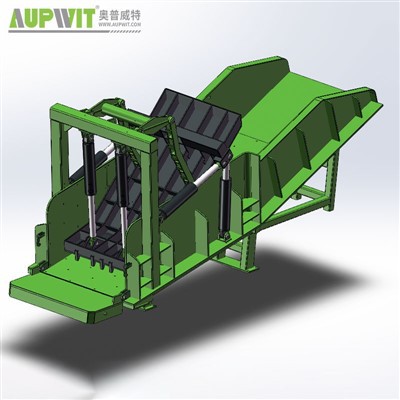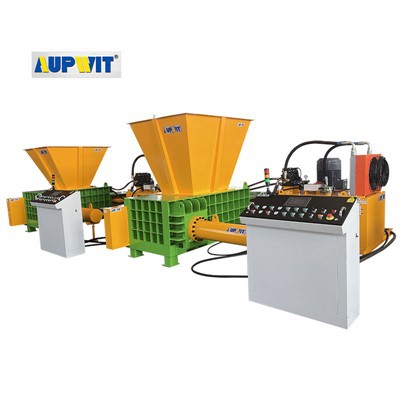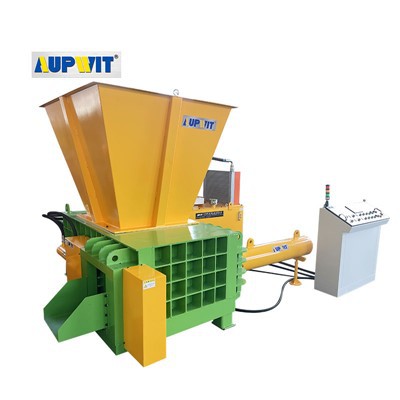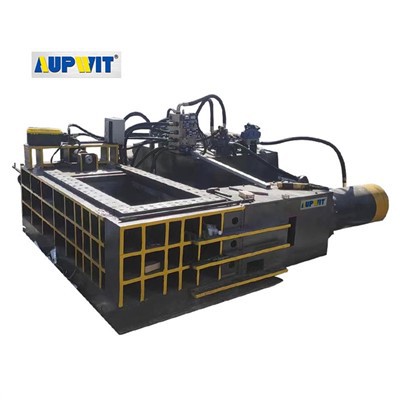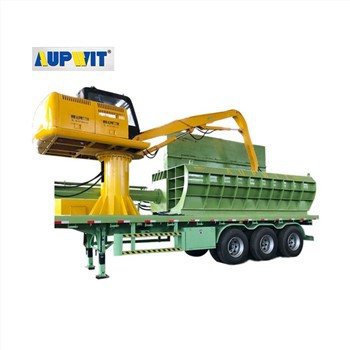Machine Cleaning Procedure
1. Prepare the Machine for Cleaning
Ensure the machine is powered off and disconnected from any power source before starting. This prevents accidental activation during cleaning. Place the machine on a stable, flat surface covered with a clean cloth or mat to catch debris and protect the work area.
- Always verify power is disconnected
- Use a non-slip mat for stability
- Prepare all cleaning supplies beforehand
2. Remove Large Metal Debris
Use a soft-bristled brush to gently sweep away loose metal shavings, dust, and fragments from the entire surface. Focus on crevices around the cutting blades, hinges, and motor housing where debris tends to accumulate.
Avoid using sharp tools that could scratch metal surfaces or damage delicate parts. Dispose of collected debris in a designated container to prevent injury from sharp fragments.
3. Clean Surface Stains and Residue
Dampen a microfiber cloth with a mild cleaning solution diluted in water. Wipe down all external surfaces to remove oil, grease, and metal residue. For stubborn spots, gently rub the cloth in circular motions without applying excessive pressure.
Important Note:
Avoid soaking electrical components or areas with wiring—use a barely damp cloth for these parts to prevent water damage.
4. Focus on Cutting Blades and Moving Parts
Carefully clean the cutting blades using a cloth wrapped around a flat tool (like a plastic spatula) to reach between sharp edges. Remove any caked-on metal particles or adhesive residues that could hinder performance.
Use a brush to clean the pivot points and moving joints, ensuring all debris is dislodged. This step prevents buildup that can cause rust or jamming during future use.
5. Rinse and Dry Thoroughly
Wipe all cleaned surfaces with a cloth dampened in clean water to remove any remaining cleaning solution. Immediately dry the machine with a dry microfiber cloth, paying extra attention to crevices and recessed areas where moisture can linger.
- Use compressed air for hard-to-reach areas
- Check under motor housing thoroughly
- Allow complete drying before storage
6. Inspect for Residual Debris
After drying, visually inspect the entire machine to ensure no debris or moisture remains. Check under the motor housing, around switches, and along blade edges for hidden particles.
If any residue is found, repeat the cleaning process for those areas. Once fully clean and dry, the machine is ready for storage or subsequent use, maintaining optimal performance and longevity.


